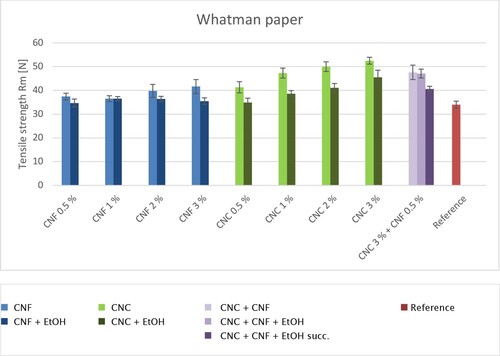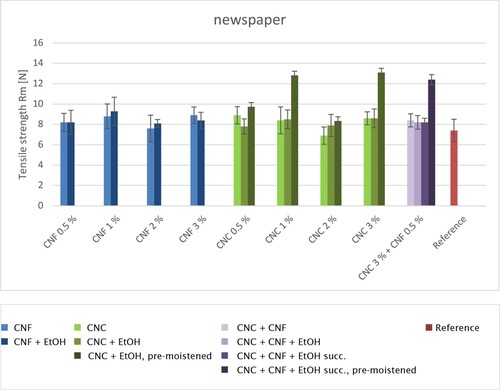Figures & data
Figure 1. Brittle and fragile historical paper from mechanical wood pulp breaks and crumbles into pieces when wrinkled.
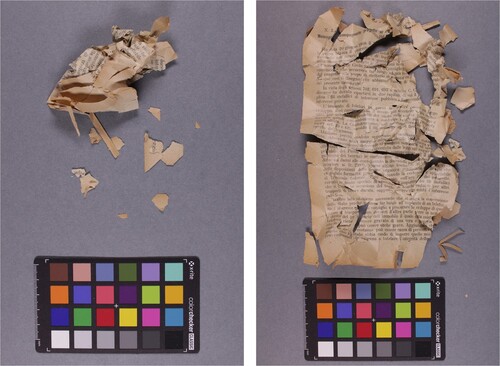
Table 1. List of standards, technical data, equipment, and suppliers used for analytical methods.
Figure 3. Folding machine used for standardized folding of the paper samples according to Bansa-Hofer.
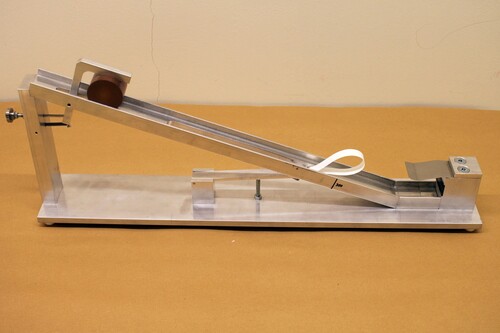
Table 2. Testing parameters for measurement of tensile strength.
Table 3. pH-values of CNF and CNC suspensions from 0.5–3 wt%.
Table 4. Conductivity in μs/cm of CNF and CNC suspensions from 0.5–3 wt%.
Table 5. Apparent viscosities of CNF 0.5–3 wt% in H2O at increasing shear rates of 1–1000 [1/s].
Table 6. Apparent viscosities of CNC 0.5–3 wt% in H2O at increasing shear rates of 1–1000 [1/s].
Table 7. Apparent viscosities of CNF 0.5–3 wt% in H2O:EtOH at increasing shear rates of 1–1000 [1/s].
Table 8. Apparent viscosities of CNC 0.5–3 wt% in H2O:EtOH at increasing shear rates of 1–1000 [1/s].
Figure 4. Historical paper from mechanical wood pulp untreated (top left), coated with Japanese paper 4 gm2 (top right), coated with CNC 3 wt% (bottom left) and CNC 3 wt% + CNF 0.5 wt% (bottom right). The thin fibres of the Japanese paper are slightly veiling the writing in the text area. The coating with CNF and CNC has no negative effect on the appearance of the paper or the printed areas.
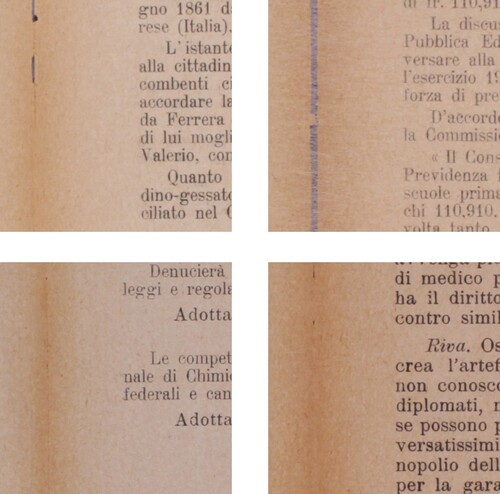
Figure 5. After treatment with CNC 3 wt%, the brittle and fragile historical paper still breaks at the creases after wrinkling but doesn’t disintegrate into tiny pieces as the untreated paper. A strengthening of the paper structure has been achieved by the treatment with nanocellulose. At the same time, the coating with an amount of CNC as high as 3 wt% is visible just as a distinct gloss on the paper surface.
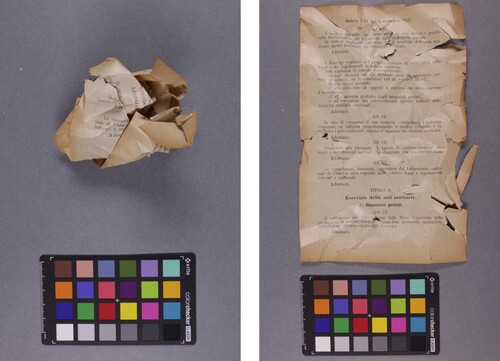
Table 9. Fluorescence micrographs of cross sections of Whatman® no.1 untreated (a1 and a2) and treated with CNC 1 wt% marked with RBITC, respectively immersed (b1 and b2) and coated (c1 and c2). On the left column, dark field transmitted visible light images. On the right, dark field images excited with blue light.


